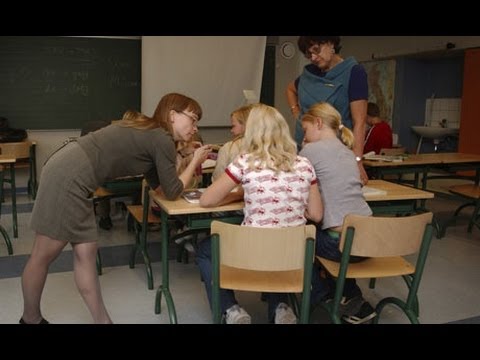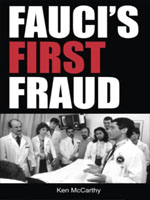Finland’s revolutionary education system
Related article…
Click here to support Brasscheck
The Children Must Play
What the United States could learn from Finland about education reform.
By Samuel E. Abrams
The New Republic
While observing recess outside the Kallahti Comprehensive School on the eastern edge of Helsinki on a chilly day in April 2009, I asked Principal Timo Heikkinen if students go out when it’s very cold. Heikkinen said they do. I then asked Heikkinen if they go out when it’s very, very cold. Heikkinen smiled and said, “If minus 15 [Celsius] and windy, maybe not, but otherwise, yes. The children can’t learn if they don’t play. The children must play.”
2009, I asked Principal Timo Heikkinen if students go out when it’s very cold. Heikkinen said they do. I then asked Heikkinen if they go out when it’s very, very cold. Heikkinen smiled and said, “If minus 15 [Celsius] and windy, maybe not, but otherwise, yes. The children can’t learn if they don’t play. The children must play.”
In comparison to the United States and many other industrialized nations, the Finns have implemented a radically different model of educational reform—based on a balanced curriculum and professionalization, not testing. Not only do Finnish educational authorities provide students with far more recess than their U.S. counterparts—75 minutes a day in Finnish elementary schools versus an average of 27 minutes in the U.S.—but they also mandate lots of arts and crafts, more learning by doing, rigorous standards for teacher certification, higher teacher pay, and attractive working conditions. This is a far cry from the U.S. concentration on testing in reading and math since the enactment of No Child Left Behind in 2002, which has led school districts across the country, according to a survey by the Center on Education Policy, to significantly narrow their curricula. And the Finns’ efforts are paying off: In December, the results from the 2009 Program for International Student Assessment (PISA), an exam in reading, math, and science given every three years since 2000 to approximately 5,000 15-year-olds per nation around the world, revealed that, for the fourth consecutive time, Finnish students posted stellar scores. The United States, meanwhile, lagged in the middle of the pack.
In his State of the Union address, President Obama outlined his plans for reforming U.S. public education, including distributing competitive grants, raising test scores, and holding teachers accountable for student achievement. But there is much Finland can teach America’s reformers, and the rest of the world, about what outside of testing and rigid modes of management and assessment can make a nation’s schools truly excellent.
(…)perhaps most striking on the list of what makes Finland’s school system unique is that the country has deliberately rejected the prevailing standardization movement. While nations around the world introduced heavy standardized testing regimes in the 1990s, the Finnish National Board of Education concluded that such tests would consume too much instructional time, cost too much to construct, proctor, and grade, and generate undue stress. The Finnish answer to standardized tests has been to give exams to small but statistically significant samples of students and to trust teachers—so much so that the National Board of Education closed its inspectorate in 1991. Teachers in Finland design their own courses, using a national curriculum as a guide, not a blueprint, and spend about 80 percent as much time leading classes as their U.S. counterparts do, so that they have sufficient opportunity to plan lessons and collaborate with colleagues. The only point at which all Finnish students take standardized exams is as high school seniors if they wish to go to university.
Read more here








